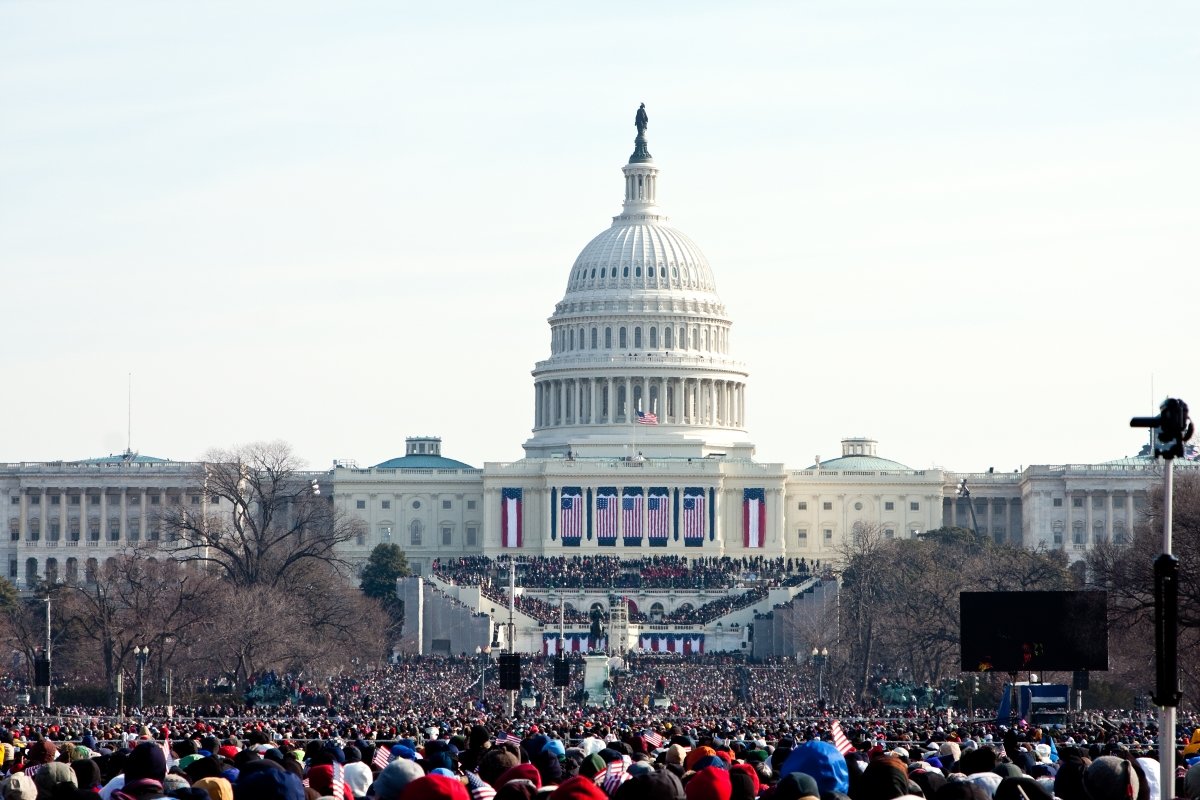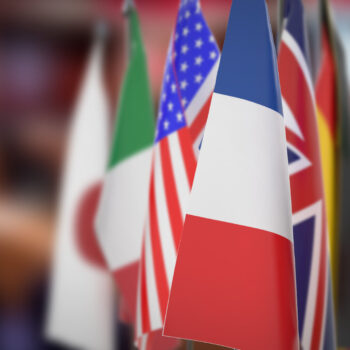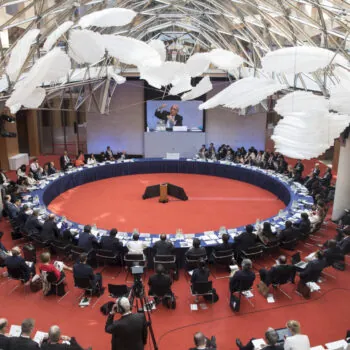After United States President Joe Biden’s inauguration on 20 January, it will be time for the transatlantic relationship to roll up its sleeves and get down to serious climate diplomacy business if we are to create a climate-safe world.
When upcoming US Special Presidential Envoy for Climate John Kerry, Secretary of Treasury Janet Yellen and Secretary of State Tony Blinken call their counterparts in Brussels, London and across Europe to ask what they should work together on this year, what are the Europeans going to say?
If we are to halve global emission in this decade, the list must be big and bold and cross-cutting with climate at its core.
In-coming President Biden’s cabinet is the most climate-literate since…well, ever. The Biden team will be looking for European Foreign and Finance Ministers to signal they too want to go big and get climate out of the UNFCCC COP box. They’ll also want to discuss plans for building back better from COVID-19.
Here are our top-five suggestions for transatlantic climate diplomacy over the year:
1. Make the recovery global
The EU decided to jointly shoulder the cost of COVID-19 relief and recovery measures. The ‘joint funding model’ was hard won. It has hard-wired solidarity into the recovery, sharing the burden across Europe’s north, south, center and periphery.
The same principle has to be applied at the international level. The EU and US must work shoulder to shoulder to support low- and middle-income countries facing contracting economies, capital flight, and fiscal distress.
An issuance and reallocation of Special Drawing Rights would inject immediate liquidity for those most in need. Reform of lending rules at the Multilateral Development Banks would stretch their balance sheets mobilizing even more support to build back better, without undermining credit ratings.
True, there are political hurdles to work out. Equally true, the political consequences of inaction need to be considered. Mutual commitment is necessary to show that multilateralism actually works in order to rebuild faith in its institutions.
The US and the EU must show up at the IMF and MDBs. Think about it: you can’t lobby capitals to step up on climate if the country is struggling to stay solvent.
2. Make it green
The EU’s recovery package was also exemplary in that it was green. 30 per cent of its stimulus (around €500 billion) was earmarked for “green” investment and the rest had to “do no harm”. These lessons can be shared to inform Biden’s domestic recovery, and the approach can be emulated for a global green deal.
Political landmines stand in the way however. These include;
- building consensus on how additional SDRs and MDB capital should be spent;
- harmonizing what counts as “green” – not as easy as it sounds; and
- imposing restrictions while addressing inevitable backlash and accusations of nefarious intent (a la Washington Consensus from the 1990s).
If political leaders give the nod, these challenges can be overcome. Ad hoc instruments will be needed to channel increased liquidity in certain directions, such as a new facility for middle-income countries who want to use this moment to restructure their economies for a future net-zero world.
3. Reimagine public and reorient private finance
Public finance institutions need to be reimagined to build fairness back into our systems and get fossil fuels out. With the US back in action, there will be greater pressure on Japan to up its climate game, maybe even commit to 100% clean power (0% coal), certainly to stop funding coal overseas. This would make it a G7 norm, alongside mandatory financial disclosures on climate risks, before moving onto the G20.
Perhaps a good place to start building back better is to make good on old promises. It’s been 12 years since the G20 committed to eliminating fossil fuel subsidies – the time has surely come.
New fiscal revenues will be needed to support the economic recovery. We also need new fiscal frameworks for a modern net-zero economy.
Biden could change dynamics right off the bat by asking Congress in his first budget in February for $2 billon for the Green Climate Fund. If Europe, Japan and others were so inspired, the $100 billion international climate finance commitment made at COP15 in Copenhagen could be checked off by COP26 in Glasgow.
4. Coordinate country outreach and transatlantic climate diplomacy ahead of COP26
There is a lot to do diplomatically this year – on COVID-19, global poverty, restoring democratic values to name a few – we need distributed leadership to coordinate the top asks and put political weight behind a joined-up transformative agenda.
The US could use its diplomatic muscle and levers at its disposal to get Japan, India and Indonesia to commit to faster decarbonisation.
The UK could take the lead on Canada and Australia, allowing Team EU to focus on non-G20 countries and give voice to the Vulnerables’ demands. The US and Europe need to show transatlantic climate diplomacy and tag team on China.
5. Get on the same trade and technology page
Talking of China, there is an opportunity to refashion a transatlantic approach to climate and trade, potentially using both carrots and sticks. To accelerate progress on climate, we need to maintain open markets and grow supply chains in low carbon and resilient goods and services. Yet, the EU and Biden have committed to using Carbon Border Mechanisms to protect industrial competitiveness if they take more ambitious actions.
Political tensions will have to be managed and mitigated.
The EU and the US could support a new initiative on climate at the WTO. This is a broader agenda than embedding environmental standards in trade agreements or setting product standards, though both are important components of the emerging architecture. Transatlantic initiatives on batteries, methane and green hydrogen seem like a good place to start.
The opportunity to green industry is made all the more potent while economies are onshoring and subsidising critical sectors in an effort to recover and build resilience post-COVID-19.
Plan to think big and bold
The EU has a short window of time to clarify at a senior level what it plans to prioritise and shape in working with the US. The Biden-Harris team, acutely aware of the reputational damage they have to repair, have put climate at the very centre of their agenda by hiring climate literate leaders across government. Europe’s Finance and Foreign Ministers will need to be prepared to think big and talk climate – starting with their communique at the Foreign Affairs Council next week.
Claire Healy and our Washington DC team will continue to closely cover the first 100 days of the Biden Presidency. Be sure to watch this space for new announcements and coverage.


